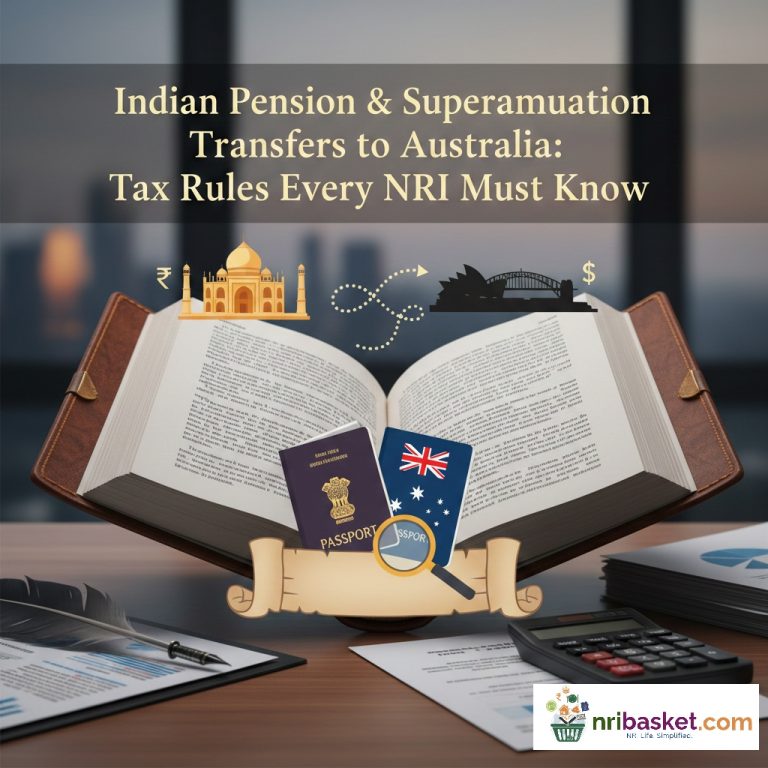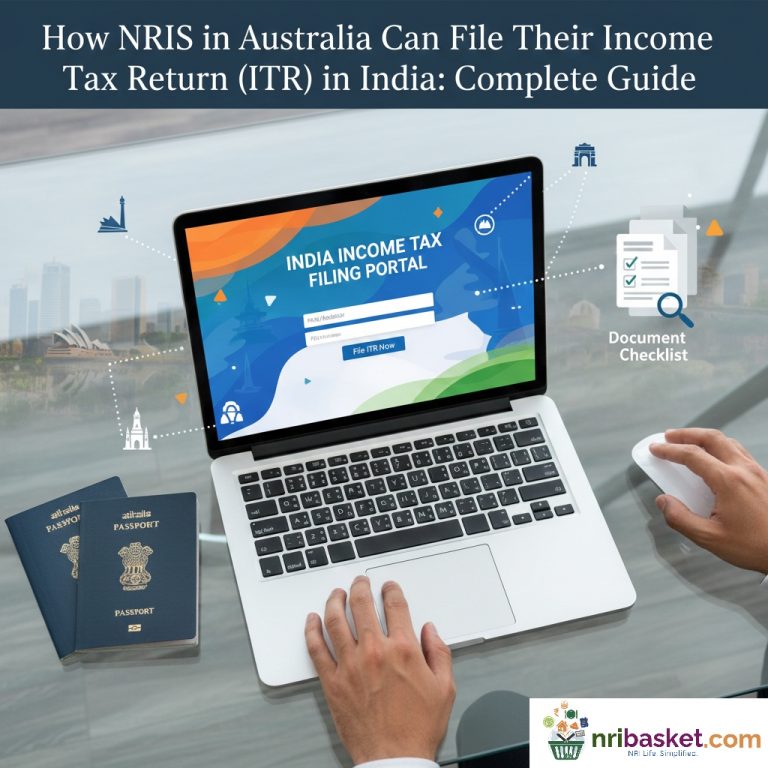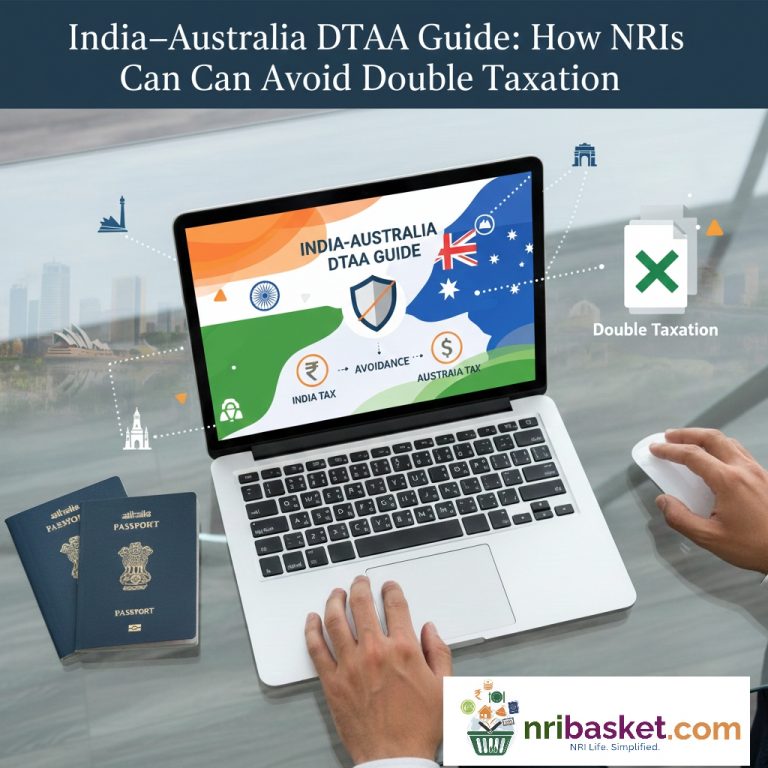
Pathway to PR in Australia
Pathway to Australian Permanent Residency (PR) for Indian IT Professionals: 2025 Update
Updated 2025 guide for Indian IT professionals: pathways to Australian PR, skilled visa options (189/190/491), ACS skill assessment, points system, occupation lists and recent processing updates.
Introduction
Australia remains a top destination for Indian IT professionals seeking long-term careers and quality of life. In 2025 the core skilled migration pathways remain the Skilled Independent (189), State-nominated (190) and Skilled Work Regional (491) routes, but key details such as invitation cut-offs, processing times and assessment rules have continued to evolve. This guide gives a practical, updated overview for Indian software engineers, data specialists and cybersecurity experts planning their route to Australian PR in 2025.
Authoritative sources: check the Australian Department of Home Affairs for SkillSelect and the current Skilled Occupation List, and the Australian Computer Society (ACS) for IT skill assessments.
Have a question or want us to add your scenario?
Tell us what you need — we’ll update this guide and answer publicly so other NRIs can benefit. Your question may be featured in the next update.
Quick Summary Table of PR Pathways & Eligibility (2025 Update)
| Area | Key 2025 Notes |
|---|---|
| Main visas | Subclass 189 (Independent), 190 (State-nominated), 491 (Regional — pathway to PR after regional residence). All remain core skilled pathways. |
| Minimum points | Pool threshold is 65 points, but practical invitation cut-offs fluctuate and have been higher in many 2024–25 rounds. Achieve the highest possible points to improve chances. :contentReference[oaicite:2]{index=2} |
| Occupation lists | IT occupations (Software Engineer, Developer Programmer, Systems Analyst, Cyber Security roles) continue to appear across Australia’s skilled lists; check the current Skilled Occupation List before lodging EOI. :contentReference[oaicite:3]{index=3} |
| Skill assessment | ACS remains the assessing authority for IT occupations — follow the ACS guidance for documentation, experience and assessment pathways. Fees and document rules can change; confirm on ACS site. :contentReference[oaicite:4]{index=4} |
| Processing times | Home Affairs publishes monthly processing indicators; 2024–25 saw variation and some backlogs — expect processing times to depend on visa type, completeness of application and national priorities. :contentReference[oaicite:5]{index=5} |
Frequently Asked Questions (FAQ)
Details: Subclass 189 (Skilled Independent) is the most flexible because it allows you to live anywhere in Australia without state nomination. If your points are lower, state nomination (190) or a regional pathway (491) that provides extra points may be better options.
Details: The minimum points to lodge an EOI remain 65 (the pool mark), but SkillSelect invitation scores vary by round and occupation. In practice applicants with higher scores (often well above 65) get invitations sooner. Always maximise points: age, English, qualifications, experience, partner skills and state nomination matter.
Details: Key ANZSCO IT occupations — Software Engineer (261313), Developer Programmer (261312), Systems Analyst (261111), ICT Business Analyst, and Cyber Security Specialists — continue to appear on Australia’s skilled occupation lists; specific availability depends on the current Skilled Occupation List and state lists. Check the Home Affairs occupation pages before applying.
Details: ACS assesses qualifications and professional experience against ANZSCO codes. Make sure you use the correct ACS pathway (e.g., Qualification + Experience or Work Experience pathways) and provide detailed employment references, role descriptions and payslips as required. ACS guidance and fees are on their site.
Details: Although 65 is the eligibility mark, recent rounds have invited candidates with higher scores, and the cut-off varies by occupation demand and invitation rounds. For many IT occupations competitive scores have often been significantly above 65; aim to maximise points through English, partner skills, higher qualifications or state nomination.
Details: Relevant professional IT experience — whether in India or Australia — can earn points. ACS may apply deductions for the “skill-development period” and requires proof (employment references, payslips). Quality of documentation and the role’s match to ANZSCO are crucial.
Details: International students in Australia can use post-study visas (e.g., Temporary Graduate visa streams) to gain Australian experience, which helps for PR applications later. Direct PR for fresh graduates is less common unless they have exceptional points or state nomination.
Details: Demonstrating competent/Proficient/Superior English remains essential. A higher band (e.g., IELTS 8/PTE 90) can significantly increase your points and competitiveness.
Details: Home Affairs publishes monthly processing indicators. Median times for skilled permanent visas are an indicator, but real timelines depend on completeness of application, health/security checks and resource prioritisation. Expect variability and occasional backlogs.
Details: ACS requires role descriptions tied to ANZSCO, evidence of employment duration, and proof that duties match the nominated occupation. Follow the ACS checklist for the pathway you choose.
Details: States release occupation lists and criteria that change frequently. Some states prioritise regional tech hires and offer nomination to candidates who meet local needs; 190 gives extra points and may be faster for some occupations.
Details: 491 provides 5 years’ residence in designated regional areas; after meeting residency/work requirements you may qualify for permanent residency (through the applicable permanent regional pathway). Regional demand and incentives are stronger in many states.
Details: If your partner has a positive skill assessment and competent English, you can claim partner points. Alternatively, you can claim points for a partner’s competent English without a skills assessment.
Details: 189 does not require sponsorship; being employed by an Australian employer can improve your profile and sometimes lead to employer-sponsored pathways if suitable.
Details: Cybersecurity, data science, cloud engineering and AI-related roles have strong demand in many regions; check the Skilled Occupation List and state priorities for real-time opportunities.
Details: You lodge an EOI; Home Affairs runs invitation rounds and issues invitations to the highest-ranked candidates per occupation or across the pool. Invitation marks vary each round. See the SkillSelect invitation rounds page for recent results. :contentReference[oaicite:15]{index=15}
Details: The Government publishes monthly processing indicators. Various factors (policy changes, higher application volumes, staffing) have caused variability and delays in parts of the program; plan timelines accordingly.
Details: Ensure ACS documentation is complete, your EOI information is accurate and medical/security checks are met. Honest and full disclosure reduces refusal risk.
Details: ACS accepts contract and freelance work if you can provide formal contracts, client references, invoices and proof of duties aligning with ANZSCO definitions.
Details: Costs include ACS assessment fee, English test fees, police certificates, medicals and Home Affairs visa application fees (which increase with each dependent included). Exact totals vary by personal circumstances.
Details: Many applicants complete ACS, English tests and EOIs from India and wait for invitations to apply offshore; onshore applicants working on temporary visas may also apply.
Details: Generic references are often insufficient. ACS looks for clear evidence of duties, hours worked and dates. Provide employer letterheads, contact details and payslip copies when possible.
Details: A doctorate may add points for higher qualifications and improve competitiveness in the pool.
Details: If your points change (e.g., better English score, new work experience), update your EOI promptly. Incorrect EOIs may lead to invitation or application problems.
Details: Any significant change in employment that affects your nominated occupation or eligibility should be assessed; always notify your migration advisor or update application details as required.
Details: States periodically update their priority occupations to align with local labour needs; small or regional states may offer faster nomination streams to attract IT talent.
Details: Employer paths such as the Temporary Skill Shortage/its replacements and Employer Nominated visas have specific requirements; employer sponsorship can sometimes be faster if employer support is strong.
Details: Family members included in the application receive PR on grant and are subject to the same health and character checks.
Details: Practical steps: complete a robust ACS submission, aim for higher English test bands, document all employment thoroughly, research state nomination criteria, and consider regional pathways if appropriate. Also monitor SkillSelect rounds and Home Affairs updates.
Details: Home Affairs publishes occupation lists, invitation rounds, and monthly processing indicators. ACS publishes its skill assessment criteria and occupation guidance. For up-to-the-minute policy changes and invitation results, use those official sites.




